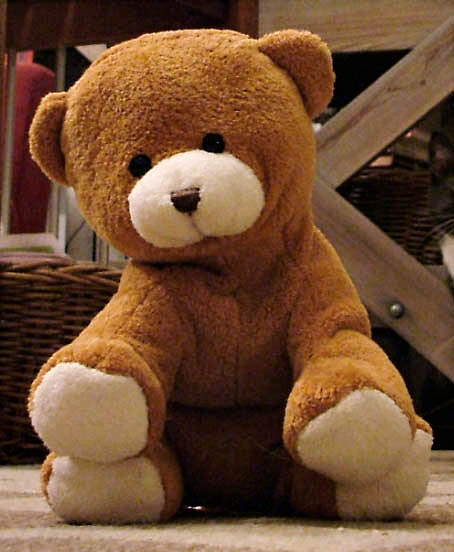What is it about a babies, puppies and kittens that makes us go, “aw!” What makes something cute, and why does it provoke such an overwhelming response? Perhaps it’s not that complicated an answer. Why like do we like fluffy animals? Because they’re gorgeous!
If you think about this further, why do most of us feel drawn to dogs and cats as pets, and not snakes and spiders? The latter are kept as pets, but they’re not nearly as popular. Why does fluff and fur beat scuttling and scales?
The answer does reveal a lot more about ourselves than we might at first think. There have been various studies into the science of cute. Only last year there was a report on the improved productivity from looking at pictures of cute animals. Earlier this year, a report was published on the aggressive response to cuteness, and those feelings of, “so cute I could eat you!”
Primitive Imperatives
So why do we find particular animals cute? Studies have claimed it’s all down to how we’ve just been hard wired that way. Certain animals can have human-like characteristics: two eyes, two ears, a nose and a mouth in a similar arrangement. Paws can appear as small, puffy hands. This recognition makes the perfect ‘aah factor’. And it comes down to our need to nurture and protect, because these animals remind us subconsciously of our own off-spring. Studies have shown that big eyes in proportion to the nose and an open face are what most people find appealing and that is what you find in babies and cute cuddly toys.
We need these imperatives for raising children. When you take on the responsibility of raising a baby, dealing with changing nappies, feeding and sleep-deprivation, there really needs to be something that keeps you coming back for more. Sadly, the instinct doesn’t always kick in for everyone, but generally we have a driving need to care for our own babies.
Does that mean that if you don’t go mushy over a picture of a cute puppy you’re going to be a bad parent? Of course not. It’s not necessarily an indicator, and cooing over a picture of a baby or an cuddly animal doesn’t represent any kind of real investment in time and energy.
Everyday Cuteness
Of course, this awareness of what we find cute is perhaps most obvious online. You can’t avoid pictures of babies, cats, dogs, pandas, bear cubs and other such images on Facebook and Twitter. Let’s not forget children’s toys and clothing too.
While the first teddy bear might have surfaced at the turn of the 20th century, children have had cuddly toys and dolls for years before hand. You’ll find stylised and fun cartoon characters across clothing ranges from specialist brands like Olive & Moss with unique takes on evergreen animals.
So remember, the next time you find yourself ‘ooh-ing’ and ‘ahh-ing’ over something with a fluffy face and big eyes, that’s the very core of your genetic make-up calling.
Byline
Article by Peter Shorney

